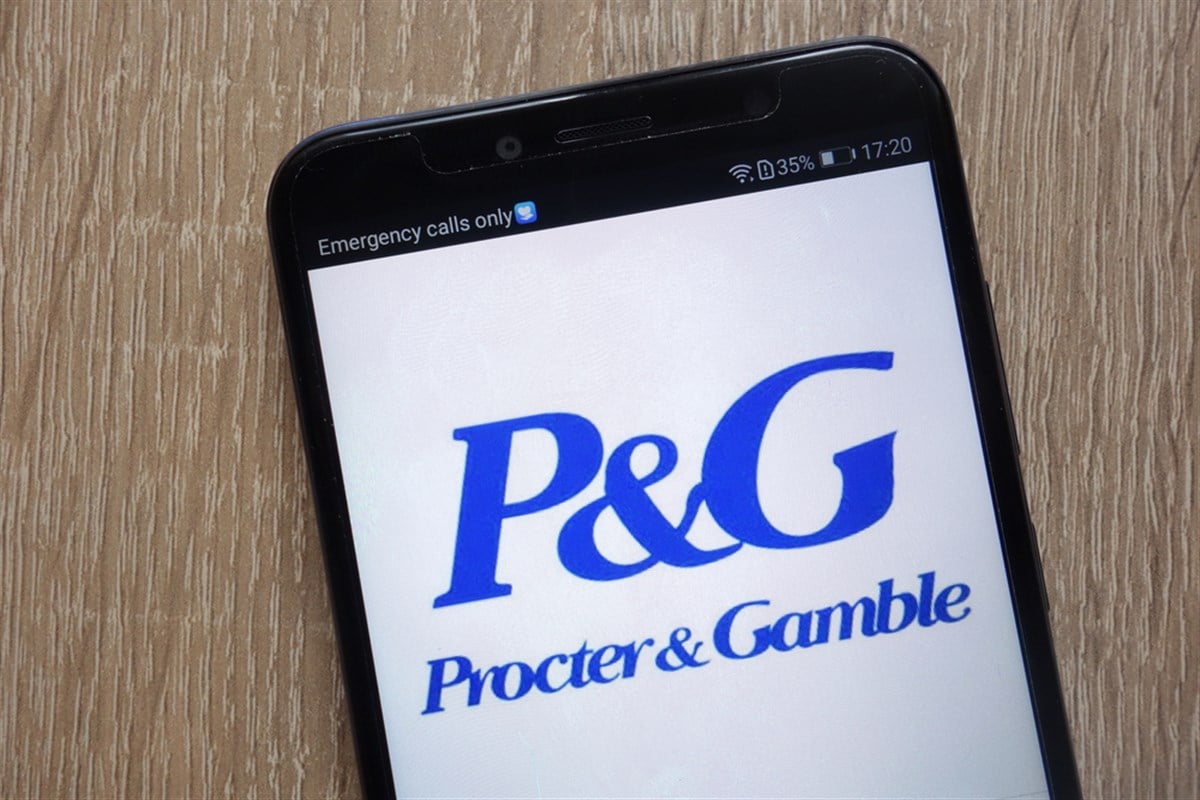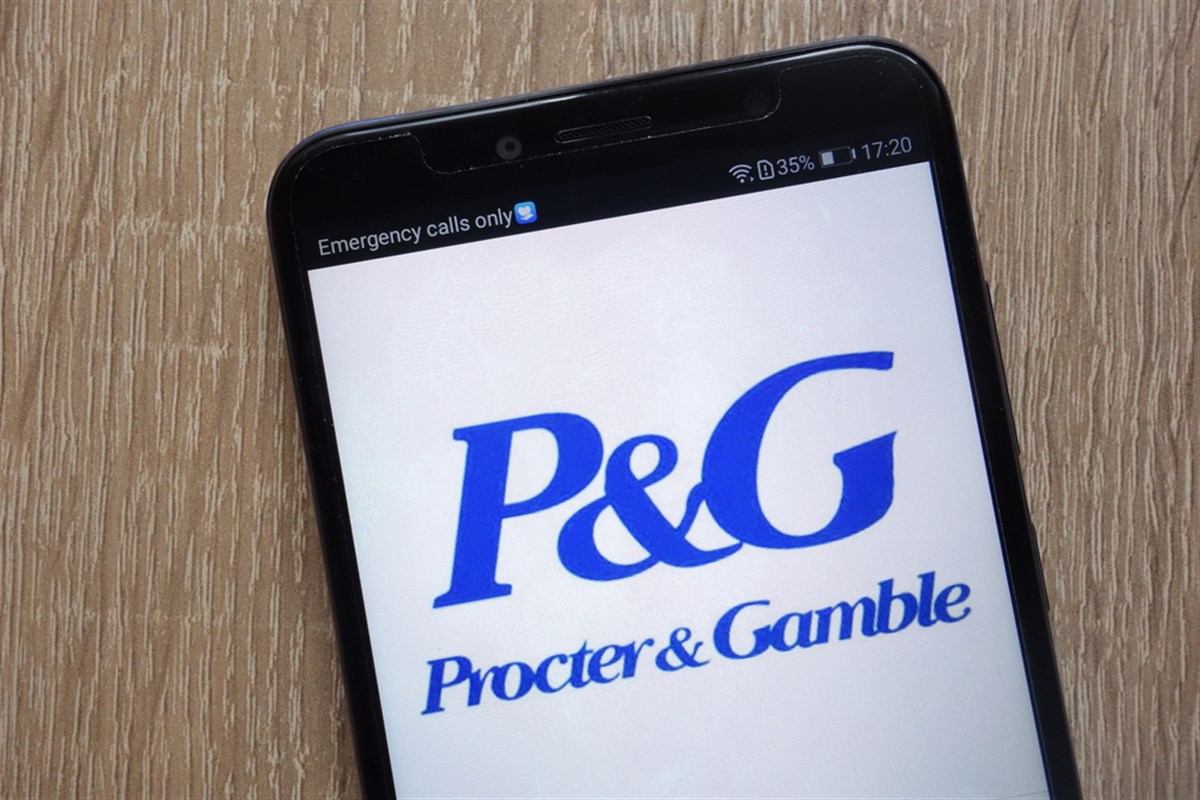

Procter & Gamble (NYSE: PG) is a testament to enduring corporate resilience and innovation in an era of economic volatility and shifting consumer trends. With a history dating back to 1837, P&G has become synonymous with consumer staples that include household and personal care products used by customers globally.
The pillars of Procter & Gamble
At its core, P&G is a conglomerate of familiar brands that have become household names, contributing to a large portion of the consumer staples sector. From the ubiquitous Gillette razors to the indispensable Tide laundry detergents, P&G’s portfolio covers a broad spectrum of consumer needs. Operating in various segments, including beauty, grooming, health care, fabric and home care, and baby, feminine, and family care, P&G has woven itself into the fabric of everyday life, ensuring a widespread presence in the market.
Navigating the currents of change
Recently, Procter & Gamble headlines have detailed the organization’s strategic maneuvers in the face of global economic challenges. Procter and Gamble’s latest quarterly earnings report shone a light on its resilience and the hurdles it faces in a volatile market sector. Despite a challenging environment, P&G reported a 3% increase in net sales, showcasing its ability to navigate market turbulence.
However, a significant development was the $1.28 billion non-cash impairment charge related to the Gillette brand, highlighting the impact of macroeconomic factors like currency fluctuations and the ongoing restructuring program. The non-cash impairment charge reported by Procter & Gamble concerned its Gillette brand and is a significant accounting adjustment reflecting a reduction in the asset’s value on the company’s balance sheet.
This charge does not involve any immediate cash expenditure but indicates that P&G assessed the Gillette brand’s future earning potential to be lower than previously valued. Such a charge can be influenced by various factors, including changes in market conditions, brand performance, economic factors like currency fluctuations, and the need to align with accounting standards that require accurate asset valuation. This adjustment reflects P&G’s response to evolving market dynamics and economic conditions impacting the Gillette brand’s valuation.
Strategic reorientation in dynamic markets
Procter & Gamble has strategically restructured its market portfolio in a decisive move towards operational realignment. This initiative, particularly focused on economically volatile regions such as Argentina and Nigeria, represents a proactive response to the multifaceted challenges posed by the global economic landscape. The restructuring involves reevaluating and possibly recalibrating P&G’s operations in these regions to better align with the prevailing market conditions and future growth prospects.
This strategic shift, while necessary, is expected to result in substantial financial charges. These charges, predominantly non-cash, result from adjustments in asset valuations and operational restructuring costs. Despite the immediate financial implications, this move is regarded as essential in fortifying P&G’s long-term market position.
The decision to restructure these specific markets stems from a thorough analysis of these regions’ economic conditions, consumer behavior trends, and competitive dynamics. Argentina and Nigeria, for instance, have been experiencing macroeconomic instability, which has significantly influenced consumer spending patterns and market dynamics. By recalibrating its operations, P&G aims to optimize its resource allocation, enhance efficiency, and strengthen its competitive edge in these markets.
Furthermore, this strategic reorientation underscores P&G’s agility and adaptability in the face of economic instability. It reflects the company’s commitment to safeguarding its current market stronghold and ensuring its robust growth trajectory. P&G’s approach in this restructuring endeavor is a testament to its strategic foresight, where short-term financial recalibrations are judiciously undertaken for long-term sustainability and growth in a rapidly evolving global economy.
Eco-innovation and market assurance
Procter & Gamble is strategically steering its course toward a future that blends innovation, sustainability, and robust financial performance. This multifaceted approach reflects the company’s commitment to continuous product development and ecological responsibility while aligning with the positive outlook of market analysts and investors’ confidence.
Innovation and sustainability form the twin pillars of P&G’s future strategy. The company is dedicated to innovating across its product range, consistently introducing new products and enhancing existing ones to cater to global consumers’ dynamic needs and preferences. P&G’s sustainability endeavors complement this commitment to innovation. The company is actively working to reduce its environmental footprint, an initiative that resonates with the global shift toward ecological consciousness and responsibility.
Procter and Gamble market analysts recognize P&G’s strategic initiatives and status as a benchmark in the consumer goods industry, maintaining a favorable outlook for the company. Despite the complex challenges presented by the global economic environment, analysts foresee continued growth in sales and earnings for P&G. This projection is underpinned by the company’s strong brand portfolio and its proven track record of adapting effectively to market changes.
Investor sentiment towards P&G further reinforces this positive outlook. The company’s stable stock performance, coupled with Procter & Gamble’s consistent dividend payouts, indicate the investor community’s confidence in P&G’s long-term prospects. This sentiment is bolstered by Procter & Gamble’s financial performance and strategic initiatives, both of which are geared toward future growth. The convergence of innovation, sustainability, and a solid financial foundation positions P&G uniquely to navigate the challenges and opportunities of the future, continuing its legacy as a global consumer goods sector leader.
Procter & Gamble stands as a force of market resilience and strategic foresight in a fluctuating and volatile sector of the global economy. The company’s history, stretching back to 1837, is a testament to its longevity and ability to innovate and adapt to the ever-changing consumer needs and market conditions. P&G’s recent strategic maneuvers, including the recalibration in markets like Argentina and Nigeria and the response to the impairment charge related to the Gillette brand, highlight its proactive and agile approach in the face of economic challenges. The company’s focus on sustainability and innovation, coupled with its robust financial performance, inspires confidence among investors and market analysts. As P&G navigates through these turbulent times, its enduring commitment to growth, efficiency, and market leadership cements its position as a cornerstone in the consumer goods sector. This approach ensures P&G’s sustainability and sets a benchmark for other corporations striving to thrive in dynamic markets.






